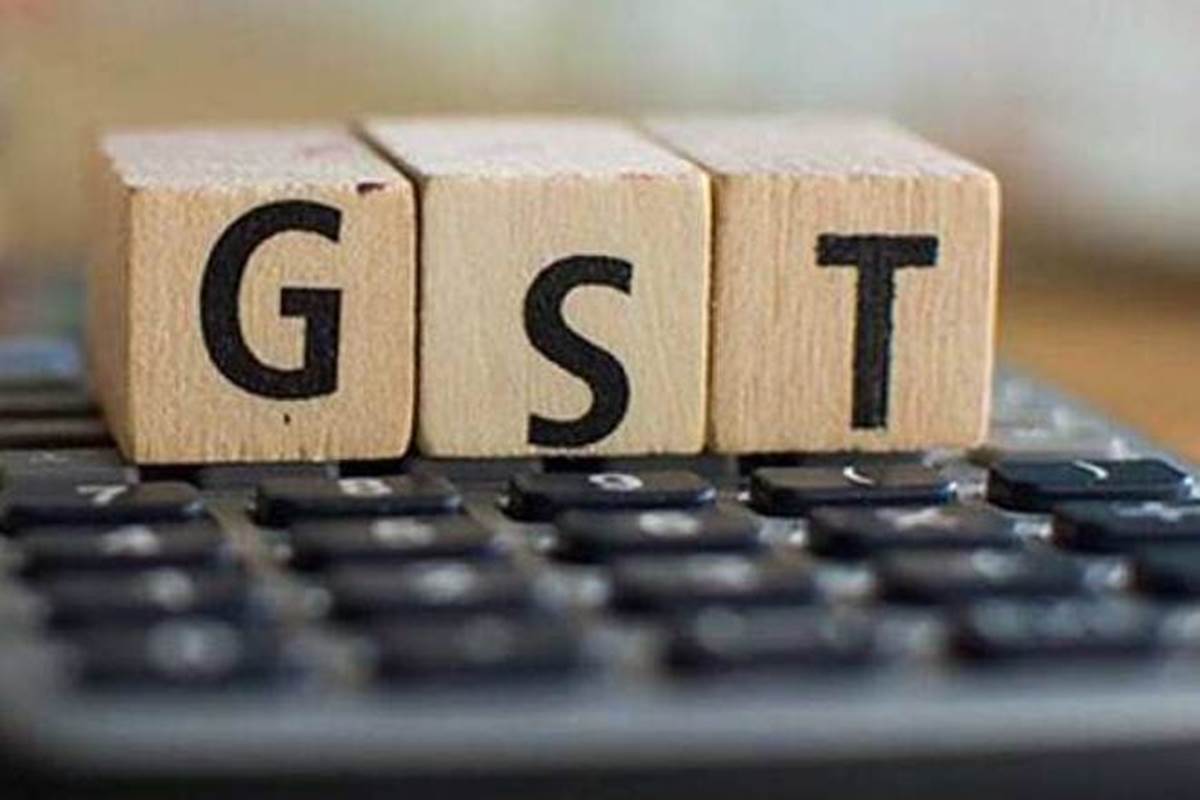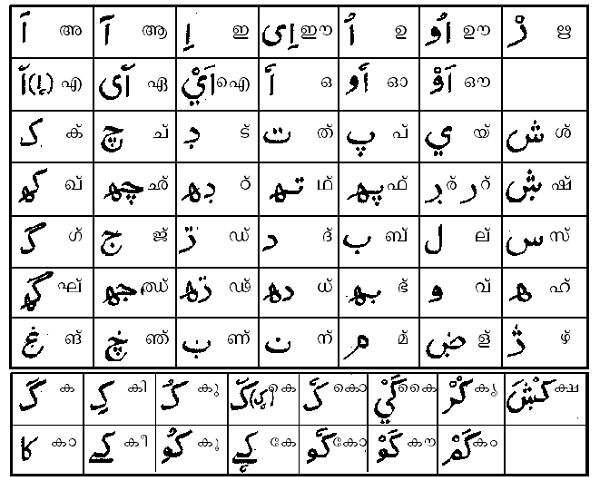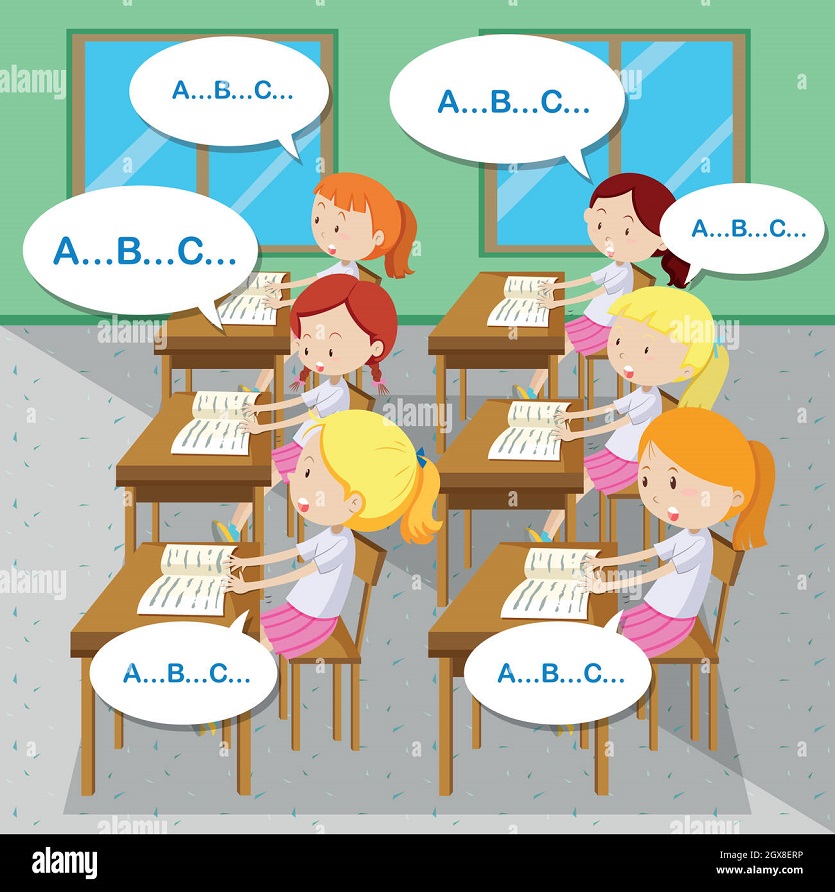A STUDY ON CUSTOMER’S PERCEPTION TOWARDS GOODS AND SERVICES TAX (GST)
Josymole T J
Guest lecturer in Commerce, St. Gregorios College, Kottarakara
India’s biggest tax reform is now a reality. A comprehensive dual Goods and Services Tax (GST) has replaced the complex multiple indirect tax structure from 1 July 2017. It is important to understand that GST is not a tax concession scheme where the government has reduced the tax rates and hence all the goods and services would become cheaper once when GST is implemented. Government was attempting to fix a single Revenue Neutral Rate (RNR) on the goods and services so that the total tax revenue of the State and the Central Government remain the same. However, due to practical considerations and keeping in view the social conditions of India, four GST slabs have been set at 5%, 12%, 18% and 28% for different items or services. There is also a special rate for precious metals. The rate of 18% would however be applicable for most goods and services.
This research is to examine the key factor that has contributed to the customer’s perception towards goods and service tax (GST) in Kollam region. In this study several identifiable variables were selected concerning tax knowledge, tax morale, tax compliance. Structured questionnaire used as research instrument. Multiple regression analysis was used to test cause of relationship among tax knowledge, tax morale, and tax compliance with tax payer’s awareness on GST. The result revealed that all of three independent variables were found to have significant impact towards the public awareness on goods and service tax (GST). Key words: Revenue, Tax rate, Goods and Services Tax, Indian Economy, Tax Compliance
INTRODUCTION
Taxes are generally classified into direct and indirect taxes. Direct taxes are taxes on income [individual, corporate, real estate, stamp duty], while indirect taxes are taxes on goods [sales] and services [custom duties and exercise duties]. Of the above mentioned taxes GST is included in the second type, where it is a system of taxation of expenses or use of goods and services. GST is a mechanism for collecting revenue from individuals companies other bodies for the purpose of financing government spending especially in socio economic development programs. According to the experts, It is a mandatory fee imposed by the government on individuals, firms or organisation and concern, where the money will be reused or spent by the government on the activities and project that provide mutual benefit to the community. It was brought to eradicate the multiple cascading taxes levied by the central and state governments. It was introduced as an [122nd] constitutional amendment bill. It is governed by GST council and its chairman is the finance minister of India. In GST, goods and services are taxed at different rates 0%, 5%,12%,18% and 28%.There is a special rate of 0.25% on rough precious and semi-precious stones and 3% on gold. There are three types of GST, CGST- collected by Central Govt., SGST – collected by State Govt. and IGST- for interstate transaction.GST will remove cascading tax effects. ‘Cascading tax effect’ means tax on tax i.e. a consumer has to pay tax on tax. GST is a value-added tax levied at all points in the supply chain with credit allowed for any tax paid on input acquired for use in making the supply. It would apply to both goods and services in a comprehensive manner with exemptions restricted to a minimum. GST helps in the eradication of many indirect taxes which eventually leads to the removal of unaccounted money as it is tied up to Digital India scheme. As a result, digitalization would bring the money circulation into account. It will be important for the economy in following ways: tax evasion, tax avoidance, limits the black market and helps in the development of backward states. This will help to remove the local tax BIAS, which means a person, can set a factory in any state without worrying about the tax rates. This study brings the pathway to analyse the buying behaviour of customers and sales performance in registered retail mart, know the public attitude towards GST.
In keeping with the federal structure of India, it is proposed that the GST will be levied concurrently by the central government (CGST) and the state government (SGST). It is expected that the base and other essential design features would be common between CGST and SGSTs for individual states. The inter-state supplies within India would attract an integrated GST (IGST), which is the aggregate of CGST and the SGST of the destination state.
OBJECTIVES OF THE STUDY
The objectives of the study are as follows;
● To study the consumers opinion with regard to goods and services tax implementation.
● To study the consumers opinion with regard to goods and services tax rates.
● To study the consumers opinion with regard to various aspects of goods and services tax.
● To study the consumers opinion with regard to disposable income and spending
ability after GST implementation.
Research Methodology
Sources of Data: The study is exploratory in nature and is based on both primary and secondary data. Secondary data was collected from various journals, articles, working papers, NGO reports etc. Primary data was enumerated from a field survey in the study region. (Kollam).
Area of Sampling: The study was conducted in the district of Kollam through a field survey to get an insight of the customer perception towards GST.
Sample Size: 150 samples from the area of study have been considered to conduct the present study.
Method for data collection: A structured interview schedule was prepared and used for collecting data from the customers. Both open ended and close ended questions were included in the schedule.
Statistical tools: Multiple regression analysis and percentage analysis are used for the analysis of the data.
DATA ANALYSIS AND INTERPRETATION
Table 1
SOCIO-ECONOMIC DETAILS
S.No. Particulars No of respondents Percentage
1 Gender Male 100 67
Female 50 33
Total 150 100
2 Age Below 25 40 27
25-40 80 53
Above 40 30 20
Total 150 100
3 Education Primary level 20 13
Secondary level 20 13
UG 70 47
PG 40 27
Total 150 100
5 Occupation Govt. employee 20 13
Private employee 40 27
Business 60 40
Any other 30 20
Total 150 100
6 Income level 50000-100000 25 17
100000-200000 35 23
200000-300000 60 40
Above 300000 30 20
Total 150 100
Out of 150 respondents, 67% of respondents are male and 33% are female.27%of respondents are below 25 years of age,53% are between 25-40 Age and 20% are above 40 years of age.47 % respondents are UG holders and 27% are PG holders.27%respondents are working in a privet sector and 40% are business man.40%respondents are rupees 2 ,00,000-3,00,000 income level Table 2
Opinion with regard to GST implementation
GST IMPLEMENTATION
N Min Max Mean Std.Deviation
I am satisfied with four GST rates 150 1 5 2.93 1.143
I am satisfied with dual model of
GST 150 1 5 2.92 1.100
I am satisfied with rates allocated for
products and Services 150 1 5 2.89 1.110
I am satisfied regarding implementation of GST in 2017 150 1 5 2.88 1.150
I am satisfied with implementation of GST soon after demonetization 150 1 5 2.81 1.249
Valid N (list wise) 150
INTERPRETATION
It shows the respondents opinion with regard to GST implementation. From the above table, based on mean score of 2.93 it is clear that respondents are satisfied with regard to four tier GST rates applicable for goods and services. Further they are also satisfied with regard to dual model of GST in the form of CGST and SGST. With the mean score of 2.89, it is clear respondents have a neutral opinion with regard to rates allocated for the products classified under different slabs of GST. Based on the mean score of 2.88 and 2.81, it is clear that people are highly dissatisfied with regard to implementation of GST in 2017 especially within few months after demonetization. Table 3
Opinion with regard to various aspects of GST in India
GST Aspects
N Min Max Mean Std.Deviation
GST rates applicable to different products 150 1 5 3.51 0.978
Dual model of GST – CGST and SGST 150 1 5 3.39 1.138
GST Working mechanism 150 1 5 3.27 0.977
Different types of GST rates 150 1 5 3.19 1.147
GST related concerns are addressed through GST council 150 1 5 3.12 1.052
Valid N (list wise) 150
INTERPRETATION
The above table it shows the respondents opinion with regard to various aspects of GST implemented in India. The highest mean score is considered to be most preferred opinion of the respondents. From the above table, it is clear that consumers are aware about GST rates applicable to the products and it is indicated by the mean score of 3.51. Followed by it, based on the mean score of 3.39, it is clear that the respondents are aware and satisfied with dual model of GST implemented in India. However, based on the mean score of 3.27 it is clear that respondents have a neutral opinion with regard to the GST working mechanism and respondents are dissatisfied with regard to rates applicable for different products and the role of GST council in addressing problems arising out of GST.
Table 4
Opinion with regard to the impact of GST on their disposable income
Descriptive Statistics
N Min Max Mean Std. Deviation
GDP of India has increased 150 1 5 2.92 1.037
Cost of borrowing has been reduced 150 1 5 2.75 1.104
There is no fear of rising taxes 150 1 5 2.64 1.035
Increase in personal income 150 1 5 2.53 1.044
Level of unemployment reduced 150 1 5 2.48 1.031
Valid N (list wise) 150
INTERPRETATION
The above table shows the respondents opinion with regard to the impact of GST on their disposable income. Based on the mean score of 2.92, it is clear that the respondents realize that there is a considerable increase in GDP of India after the implementation of GST. However, based on the mean score of 2.48 it is clear that respondents are not satisfied with the level of reduction in unemployment. It indicate the fact that there is no remarkable change in the employment level.
Table 5
Opinion with regard to GST rates in India
N Min Max Mean Std. Devitaion
I am satisfied with 0% rate for
milk and other items included in this list 150 1 5 3.63 0.969
I am satisfied with slashing of GST rate to 5% for restaurants 150 1 5 3.05 1.138
I am satisfied with 12% rate for Agarbatti and other items included in this list. 150 1 5 3.01 0.951
I am satisfied with 28% rate for shampoo and related products 150 1 5 2.64 1.204
I am satisfied with 18% rate for vegetables 150 1 5 2.61 1.251
Valid N (list wise) 150
INTERPRETATION
The above table shows the respondents opinion with regard to GST rates in India. The mean values are arranged in descending order indicating level of agreeableness of the respondents to the statements given to them. Based on the mean score of 3.63, it is clear that respondents are satisfied with 0% GST rate for milk and other items added to that list. However, it should be noted that not all varieties of milk are subject to 0%. Then, it is clear that respondents are satisfied with regard to slashing of GST to 5% to the restaurants based on the mean score of 3.05. However respondents are not willing to accept 28% GST rates for daily usable items like shampoo and other products and 18% for vegetables. This is due to the rise in prices of essential daily use items soon after the implementation of GST. However in due to course of time, various revisions have taken place with regard to the GST charged for different FMCG Products. Table 6
Opinion with regard to the impact of GST on their spending ability
N Min Max Mean Std.deviation
Low interest for consumer credit 150 1 5 3.07 1.031
Consumer credit is available more in number 150 1 5 3.07 1.044
Supply and demand of FMCG products increased 150 1 5 3.03 1.078
Increase in disposable income 150 1 5 2.93 1.107
Inflation is reduced 150 1 5 2.85 1.023
Valid N (list wise) 150
INTERPRETATION
The above table it shows the respondents opinion with regard to the impact of GST on their spending ability. Any consumer’s purchase decision depends on his/her spending ability. The spending ability depends on several factors like availability of consumer credit, interest charged for it, market demand and supply position, inflation and disposable income. Based on the mean score, it is clear that consumers have no problem with regard to availability and interest charged for consumer credit and is indicated by the high mean score of 3.07. However, consumer do not experience any increase in disposable income and fall in inflation level. This is indicated by low mean score of 2.93 and 2.85.
FINDINGS
The findings of the study are as follows
• Based on the mean score 2.92, it is clear that GDP of India has increased taken a top position because of rising hopes for possible increase in GDP in upcoming days.
• Based on the mean score, it is clear that consumers have no problem with regard to availability and interest charged for consumer credit and is indicated by the high mean score of 3.07. Since India is moving towards digitalization, credit facilities are easily made available to them in the form of credit cards and small retailers also allow credit to their loyal customers.
• Based on mean score of 2.93 it is clear that respondents’ are satisfied with regard to four tier GST rates applicable for goods and services. This is because four tier goods and services tax will enable to tax goods and services depending on their importance for the consumers.
• Consumers are aware about GST rates applicable to the products and it is indicated by the mean score of 3.51.
• Based on the mean score of 3.63, it is clear that respondents are satisfied with 0% GST rate for milk and other items added to that list. This is because if these are charged high rate of GST, again it will lead to rise in prices which cannot be afforded by the con
CONCLUSION
This study highlighted the overall overviews of GST in Kollam district. To conclude, Goods and Service Tax (GST) is considered as an important tax reforms in India after independence. As we are in the initial stage of GST, it will takes more time to positively impact in our economy. Consumers also have a neutral opinion with regard to the impact of goods and services tax on their disposable income and spending ability and time will take to evaluate and the Government to put in more effort to ensure that consumer have a clear understanding and develop a positive perception towards GST, leading to its acceptance. GST will help to reduce price of products and services in future and will reduce inflation rate of our country.GST will increase GDP growth of our country in future and will increase the revenue of the Govt.
REFERENCES 1. Rajesh.k (2017) An economics pros and cons of Goods and Services Tax (GST) in India .SSRG
International Journal of Economic and Management Studies (SSRG-IJEMS) 4(5),29-32
2. Modi .A (2017) Impact of GST on common man . International Journl of Engineering and management Research .
3. Shokeen ,Banwari, and Singh (2017) Impact of goods and services tax bill on the Indian economy. Indian Journal of Finance
4. S. Murugaiyan , R. SasiJeyanthi and P. Siddharth . A Study on Public Awareness towards Goods and Services Tax(Amendment) Bill in Sivakasi Region. Asian Journal of Managerial Science –ISSN
5. Dr. S NAGARAJU- A Empirical Study On People Perception On GST ( Goods And Services Tax) In Suryapet District. International Journal of Advanced in Management , Technology and Engineering Science , ISSN No 2249-7455
6. GowthamRamkumar. Consumer Perceptions Towards Goods and Services Tax Implementation – An Economic Approach . ELK ASIA PACIFIC JOURNAL OF MERKETING AND RETAIL MANAGEMENT
7. AnshuAhuja “Perceptions of people towards goods and services tax”Kaav
International Journal of Economics, Commerce & Business Management,





